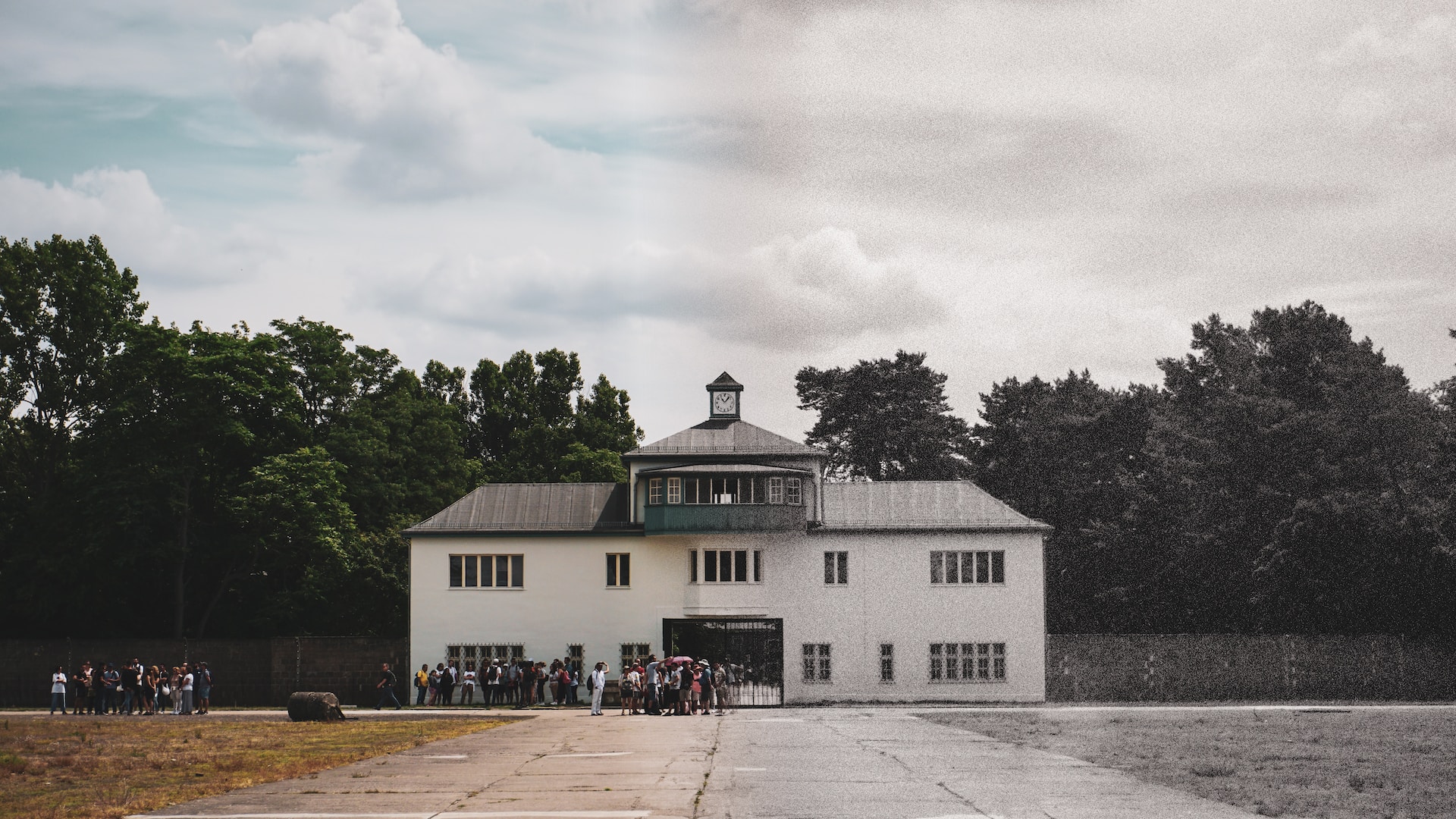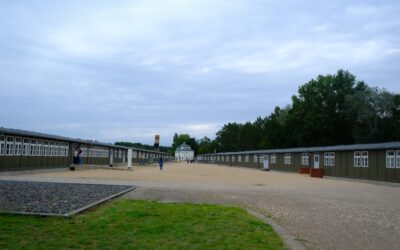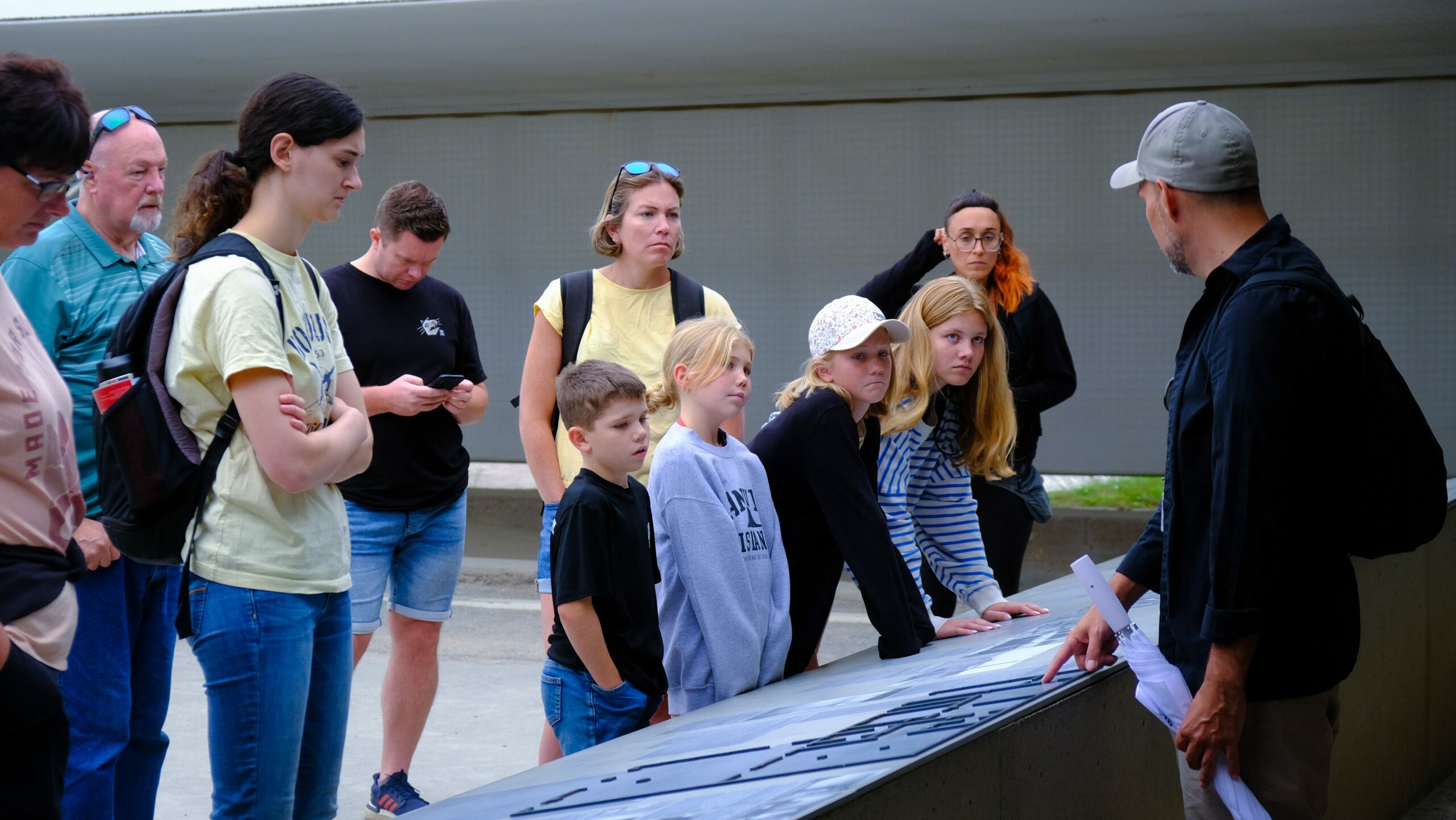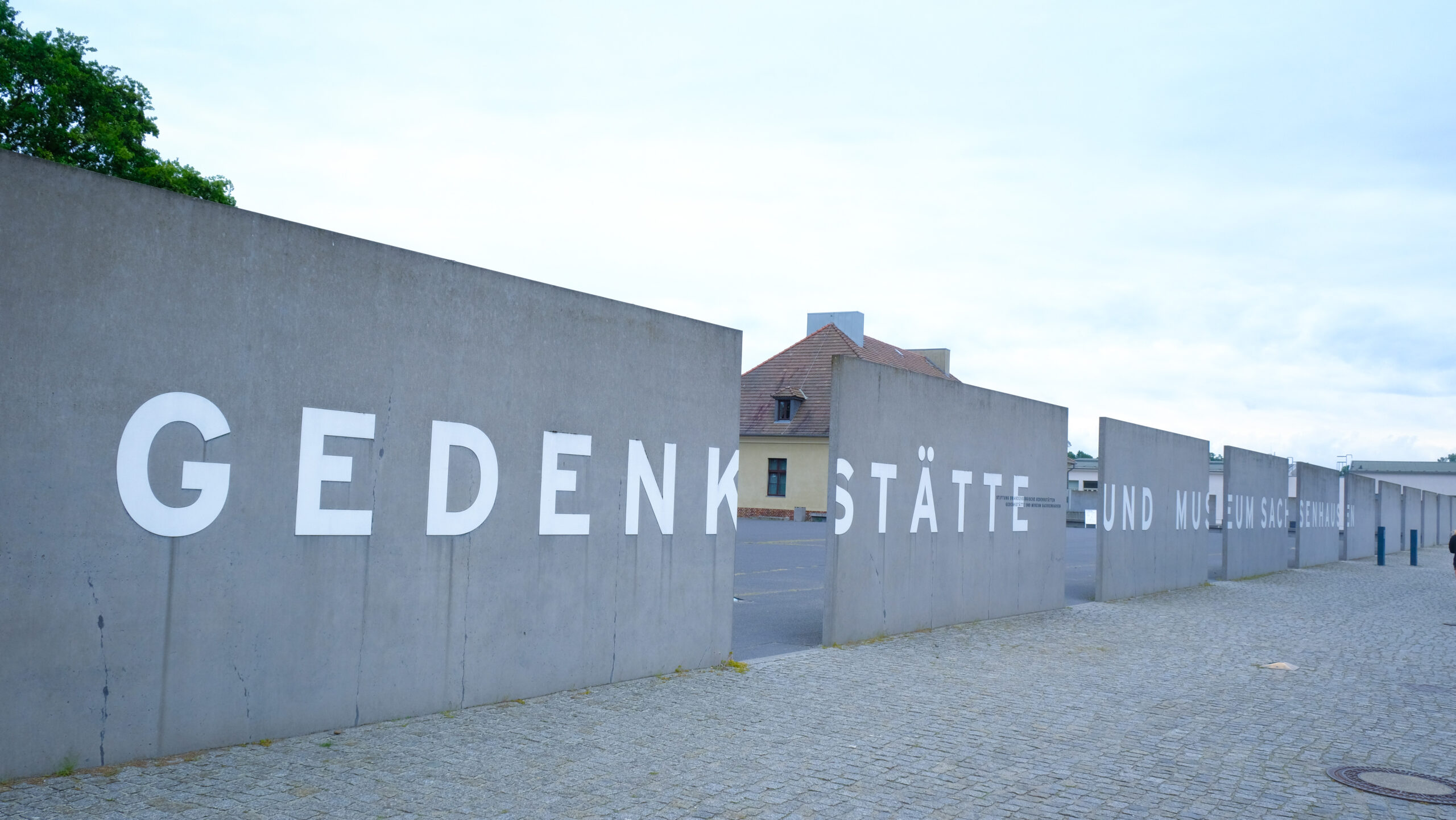In my opinion, you always should trace everything that happened in history, along with the good and the bad. However, one of the things that people really wish never existed were concentration camps during World War II. In this blog post I intend to educate my audience about the design and use of the Sachsenhausen Concentration Camp, which is situated in and around Oranienburg near Berlin.
Concentration camp Sachsenhausen: what was that?
The Sachsenhausen Concentration Camp was set up by the Nazis in 1936, a few kilometres outside a town called Oranienburg- some 35 km from Berlin, the capital city of Germany. It was one of the first concentration camps and could perhaps be said to have set the model for the rest.
What Was the Function of the Sachsenhausen Concentration Camp
Basically, the main goal of Sachsenhausen Concentration Camp was to hold prisoners who posed a threat to the Nazis. These comprised political rivals, religious minorities, scholars, gays, and all other persons the Nazis considered undesirable.
Secondly, the Sachsenhausen concentration camp functioned also as a work camp. Gulag prisoners were worked to the bone carrying out various forms of labor; many of them building camps, factories, and even prisons. Work done by the prisoners in the camp was employed on projects that benefited the German war effort.
Housing and Living Conditions of prisoners at Sachsenhausen
Conditions in the camp were terrible, and conditions in the Sachsenhausen camp depicted the cruelty of the Nazi regime. They were overcrowded in certain barracks with meager ration and poor hygiene followed by physical and verbal threats by guards. Other atrocities included; torture, conducting of medical experimentations and execution were also exercises in the camp.
One of the worst things about Sachsenhausen was the “Station Z” killing centre, where many thousands of prisoners were killed. This comprised political rivals, Jews, and other factors thought to be dangerous to the Nazis.
International Memorial Site
Following the second world war the complex of Sachsenhausen Concentration Camp remained in use as a Soviet Special Camp up to 1950. A part of the camp was opened to the public by the East Germany government in 1961 and after the German reunification in 1990 it became an international memorial and museum.
At present, one can go round the preserved site of the camp where they light exhibitions and you learn all the evil that was carried out there round the camp. It has thus become a symbol of human rights, tolerance and Nelldsein – a lesson of radicals prejudice and discrimination.
Visiting Sachsenhausen
For anyone planning to visit Sachsenhausen Concentration Camp there is need to ensure that it is done in the right spirit of honoring the victims. Some key tips for visiting the memorial site include:
At least, consider wearing appropriate dressing to a certain occasion as a cultural hall mark.
Be calm and no running around, shouting or causing a scene.
Visitis by guided tours or audio guide to be able to grasp of the historical significance in each area.
Also, it may be dangerous for your feelings, which means being ready for the emotional ride. The exhibits which include photographs and videos of inmates are effective messages of the ordeal faced by prisoners in the camp and thus should deserve respect.
In Conclusion
Being one of the most well-known concentration camps – Sachsenhausen Concentration Camp near Berlin – a monument to the victims of the Nazi regime, is worth visiting. History is something that we should be studying because knowing the past can allow us to pursue a future when such events are no longer possible. In order to teach respect and understanding of the previous events people need to see examples and that is why sites like Sachsenhausen are helpful in developing empathy now and in the future.




